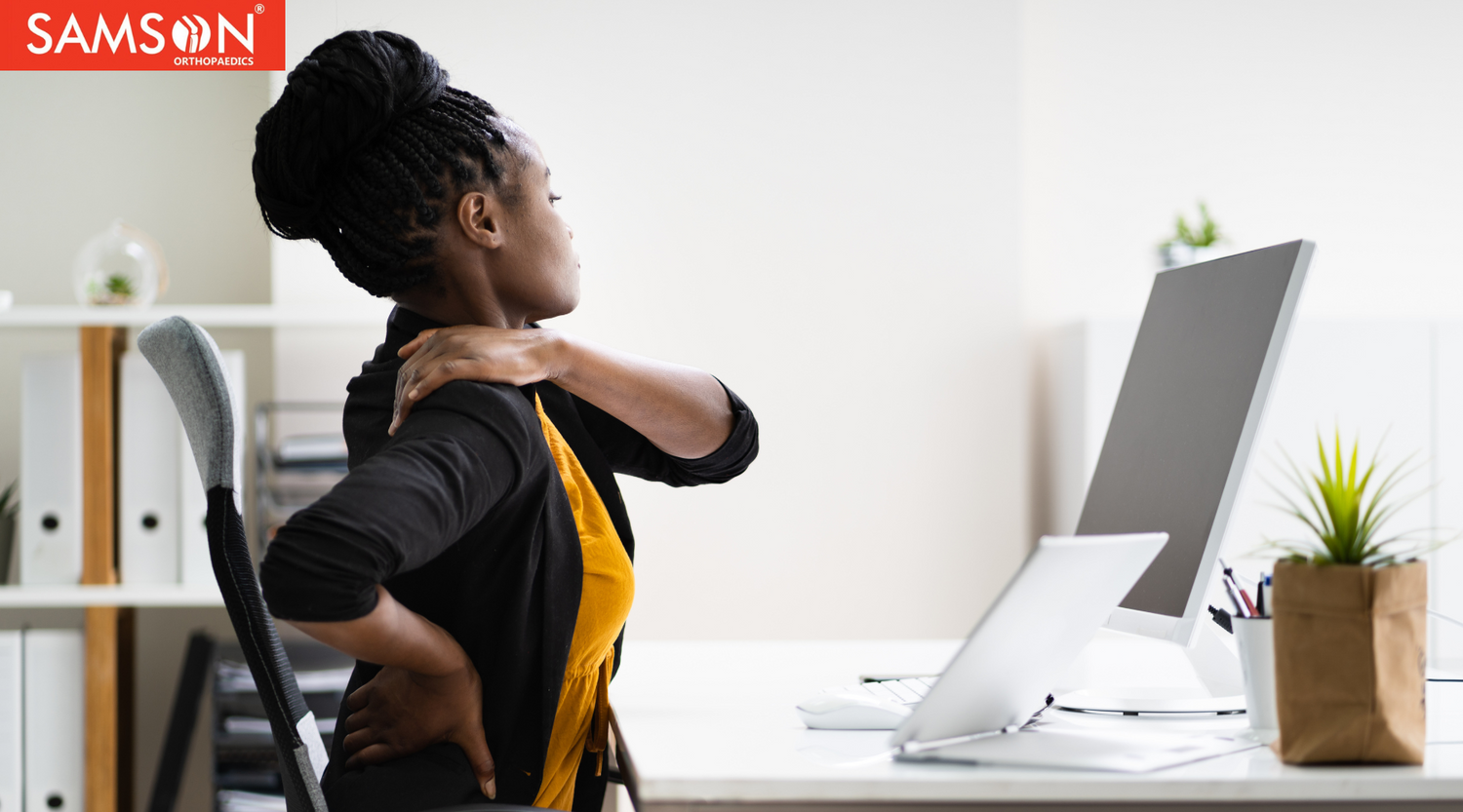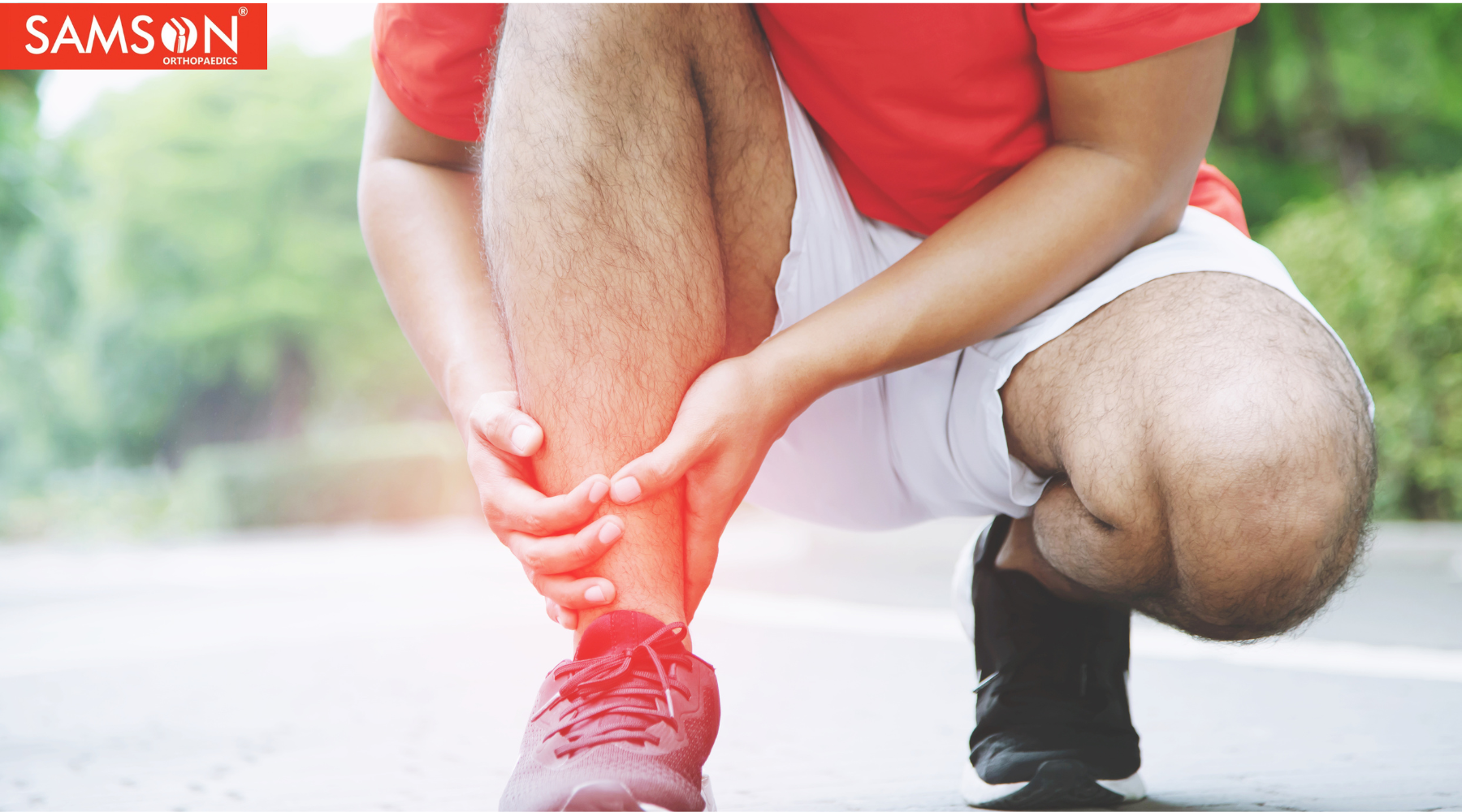Back pain is a common concern for many people. While lower back pain often takes the spotlight, upper back pain can also be a significant source of discomfort. Understanding the common causes and effective treatment options can help you manage and alleviate this condition.

1. Poor Posture
A sedentary lifestyle and prolonged periods of sitting, especially with improper posture, can lead to strain on the muscles and ligaments in the upper back.

- Treatment:
- Maintain good posture: Sit upright with your shoulders relaxed, feet flat on the floor, and back straight.
- Take breaks: Get up and move around every 30 minutes to avoid stiffness.
- Strengthen your core: Exercises like planks and bridges can help improve posture and support your upper back.
2. Muscle Strain or Sprain
Overexertion, lifting heavy objects, or sudden movements can cause muscle strains or sprains in the upper back.
- Treatment:
- Rest: Avoid activities that aggravate the pain.
- Ice: Apply ice packs to the affected area for 15-20 minutes every few hours.
- Over-the-counter pain relievers: Medications like ibuprofen or acetaminophen can help reduce pain and inflammation.
- Gentle stretching: Once the initial pain subsides, gentle stretching exercises can help improve flexibility and range of motion.
3. Stress
Chronic stress can contribute to muscle tension and pain in the upper back.
- Treatment:
- Stress management techniques: Practice relaxation techniques like deep breathing, meditation, or yoga.
- Exercise: Regular physical activity can help reduce stress and improve overall well-being.
- Professional help: If stress is significantly affecting your life, consider seeking therapy or counseling.
4. Arthritis
Osteoarthritis or rheumatoid arthritis can cause inflammation and pain in the joints of the upper back.
- Treatment:
- Medication: Over-the-counter pain relievers and prescription medications can help manage pain and inflammation.
- Physical therapy: Exercises and stretches can help improve joint mobility and reduce pain.
- Heat therapy: Applying heat to the affected area can provide temporary relief from pain.
5. Herniated Disc
A herniated disc in the cervical spine (neck) can compress nerves and lead to pain in the upper back and shoulders.
- Treatment:
- Rest and pain management: Similar to muscle strains, rest, ice, and over-the-counter pain relievers can be helpful.
- Physical therapy: Specific exercises can help strengthen the back muscles and improve posture.
- Medical intervention: In severe cases, surgery or epidural injections may be necessary.
6. Poor Ergonomics
Using a computer or working at a desk with improper ergonomics can strain the muscles in the upper back.
- Treatment:
- Adjust your workspace: Ensure your chair, desk, and computer monitor are at the correct height.
- Take breaks: Get up and move around regularly to avoid stiffness.
- Consider ergonomic equipment: Use a supportive chair, ergonomic keyboard and mouse, and a document holder to reduce strain.
If you're experiencing persistent upper back pain, it's important to consult with a healthcare professional for a proper diagnosis and treatment plan.
Remember, prevention is key. Maintaining good posture, staying active, and managing stress can help reduce the risk of upper back pain.











Leave a comment
This site is protected by hCaptcha and the hCaptcha Privacy Policy and Terms of Service apply.